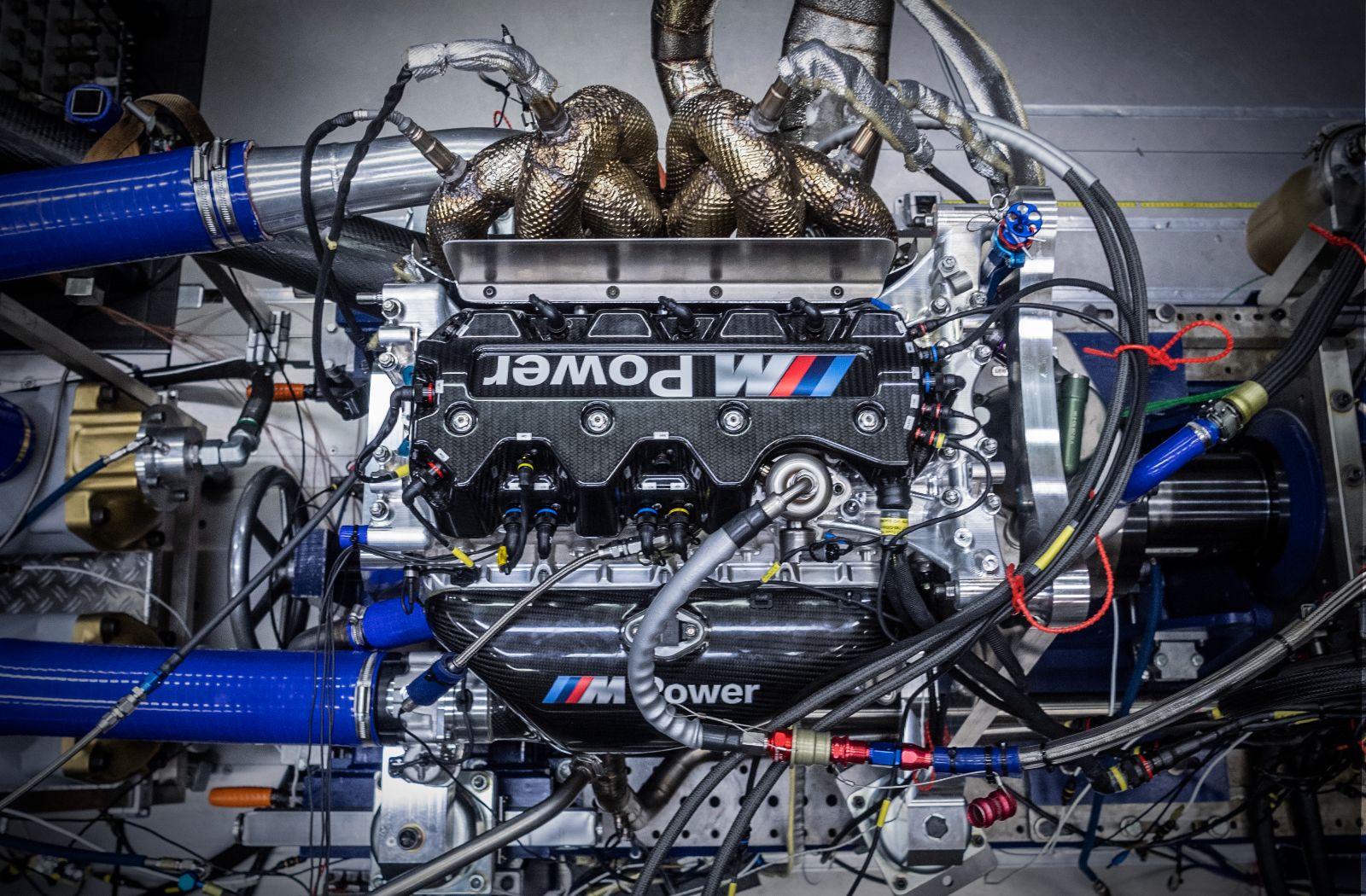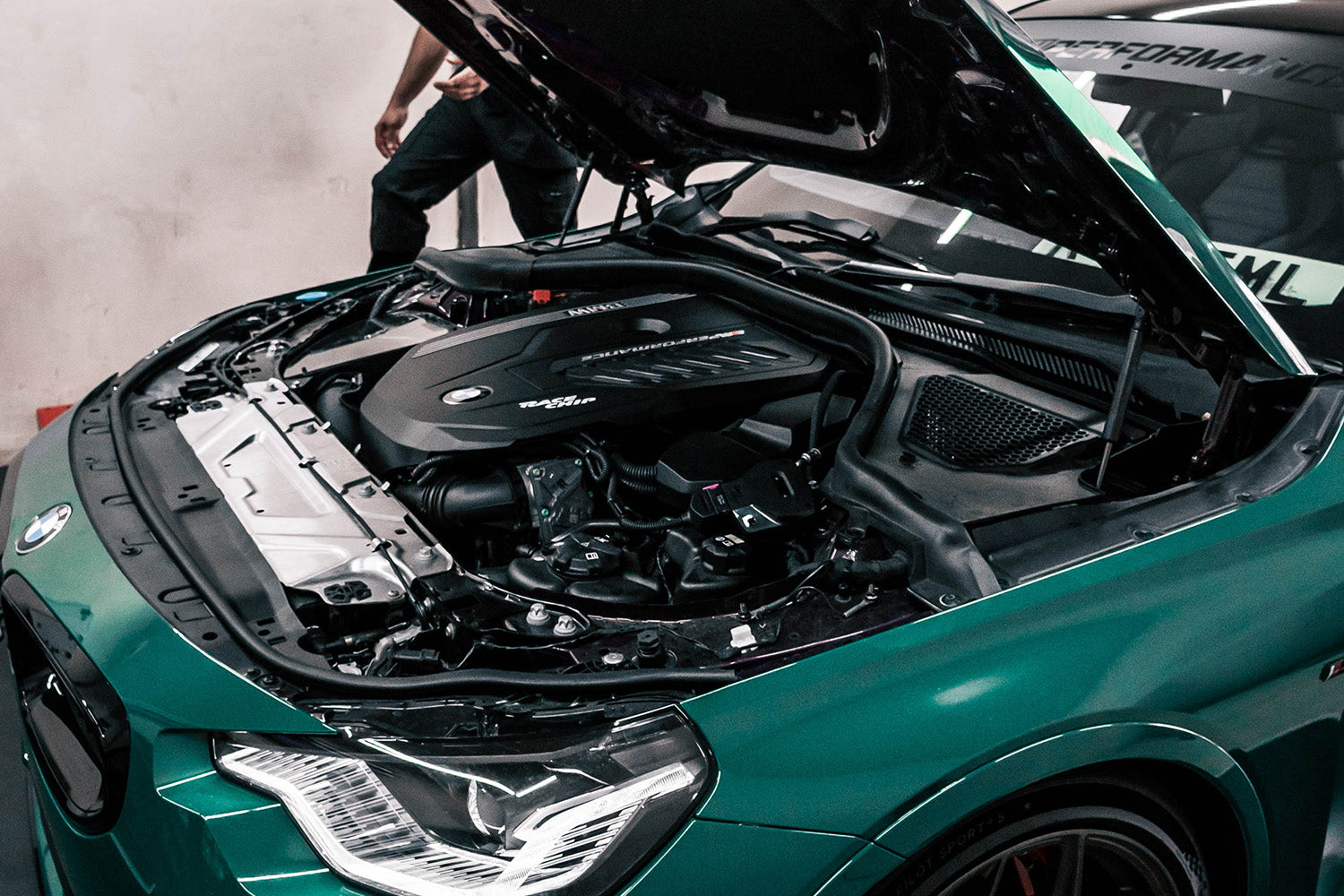The Development of the BMW Engine: A Recall at Iconic Models
The Development of the BMW Engine: A Recall at Iconic Models
Blog Article
Exploring the Advancement of Combustion Engines in Modern Transportation Systems
As we browse the landscape of modern transportation, the advancement of burning engines stands as a testimony to human resourcefulness and design prowess. From their humble starts to the sophisticated powerhouses propelling automobiles today, combustion engines have undergone an impressive journey of development and adaptation. Understanding the details of this evolution not only sheds light on the past but additionally leads the way for visualizing what exists in advance in the world of transport innovation. The interplay of history, technology, and ecological issues in shaping the trajectory of combustion engines produces a story that is both insightful and compelling.
Early Beginnings of Combustion Engines
How did the concept of burning engines initial arise in the very early phases of transportation growth? The roots of burning engines can be traced back to the 17th century when the concepts of interior combustion were very first discovered.
The breakthrough moment included the development of the initial effective gasoline-powered engine by Karl Benz in 1885 - bmw engine. This engine led the way for the growth of the modern-day car, revolutionizing transport systems worldwide. Succeeding developments by Nikolaus Otto and Gottlieb Daimler further fine-tuned combustion engine technology, resulting in the mass production of autos and the quick development of the transportation industry
These very early burning engines were identified by their simpleness and efficiency, laying the foundation for the complicated and effective engines utilized in modern transport systems. The evolution of combustion engines has actually been important in forming the method we take a trip and move goods, noting a considerable landmark in the history of transportation development.
Change to Internal Combustion Innovation
The shift to internal burning innovation marked a pivotal change in the advancement of transportation systems. This shift started in the late 19th century, with developers like Nikolaus Otto and Gottlieb Daimler establishing the initial effective interior burning engines. These engines changed transport by providing a much more effective and effective alternative to heavy steam engines and electric motors.
One of the essential benefits of internal combustion engines was their capacity to be reduced to match cars, bring about the development of bikes and vehicles. This shift from cumbersome, fixed engines to small, mobile ones led the way for the modern-day transport systems we see today.
The transition to internal combustion modern technology additionally spurred developments in fuel technology, leading to the development of fuel and diesel as main gas resources for vehicles. This shift not just made transport a lot more available to the masses however additionally laid the foundation for the oil and gas industry to become essential to worldwide economic climates.
Impact of Combustion Engines on Transport
The adoption of combustion engines in transportation systems militarized a profound shift in the effectiveness and speed of global wheelchair. Combustion engines changed transport by offering a dependable and functional resource of power for different lorries, consisting of autos, trucks, ships, and planes. This advancement significantly improved the capability for goods and people to move over cross countries in much shorter amount of time, bring about enhanced connection in between areas and countries.
In addition, the prevalent use combustion engines has actually had a substantial impact on economic development. The capability to transfer products effectively has actually stimulated profession and commerce, allowing services to expand their markets and reach consumers worldwide. This has actually helped with financial development and globalization, as items can now be delivered faster and in larger quantities than in the past.
Nonetheless, the ecological effect of burning engines can not be forgotten. The burning of fossil fuels has actually led to air contamination and greenhouse gas exhausts, adding to climate modification and positioning health dangers to populaces. bmw engine. Consequently, there is an expanding focus on establishing different propulsion technologies to alleviate these unfavorable results and create a much more lasting future for transport
Technologies in Burning Engine Style
Many advancements in burning engine style have actually moved the evolution of transport systems over the years. One notable advancement is the development of turbocharged engines, which utilize exhaust gases to drive a turbine that presses incoming air, enabling even more fuel to be burnt, causing enhanced power output without a considerable increase in engine size. Furthermore, direct injection innovation has improved gas effectiveness and efficiency by specifically regulating the quantity and timing of fuel injected into the burning chamber. Variable shutoff timing systems have actually additionally transformed engine layout by enhancing air flow at various engine speeds, improving both power and effectiveness. One more substantial development is the combination of lightweight products such as carbon fiber and aluminum alloys, minimizing overall engine weight and enhancing automobile fuel economic climate. Moreover, developments in computer-aided layout have enabled engineers to optimize engine efficiency and effectiveness with simulations before physical models are developed, saving time and resources in the growth procedure. These innovations collectively add to the continual enhancement of combustion engines in modern-day transportation systems.
Future Trends in Combustion Engine Advancement
With technology developments driving constant advancement, the future of combustion engine development is poised to transform transportation systems worldwide. Among the crucial trends in burning engine development is the push towards better efficiency and reduced exhausts. Suppliers are spending greatly in research study and development to boost engine performance while meeting stringent environmental guidelines. This consists of the assimilation of advanced gas injection systems, boosted turbocharging techniques, and making use of light-weight materials to enhance gas usage and reduce carbon discharges.
Another popular fad is the adoption of hybrid modern technologies in combustion engines. Hybrid engines integrate typical burning modern technology with electrical power, original site offering enhanced gas performance and lower discharges. As the vehicle market changes in the direction of electrification, hybrid combustion engines are seen as a transitional option that links the gap between traditional automobiles and totally electrical ones.
Moreover, the assimilation of smart technologies, such as expert system and information analytics, is visit this website anticipated to play a substantial duty in the future of combustion engine development. These technologies can optimize engine performance in real-time, resulting in extra efficient combustion processes and enhanced overall vehicle performance. Embracing these future trends will not just drive technology in burning engine advancement however likewise contribute to a much more sustainable and environmentally friendly transport ecological community.

Final Thought
In verdict, the advancement of burning engines in contemporary transportation systems has been noted by substantial improvements in innovation and design. From the very early starts of combustion engines to the transition to inner burning innovation, these engines have had a profound effect on transport.
The roots of burning engines can be traced back to the 17th century when the concepts of interior combustion were very first checked out. These engines transformed transport by providing a much more efficient and effective choice to steam engines and electric motors.

Report this page